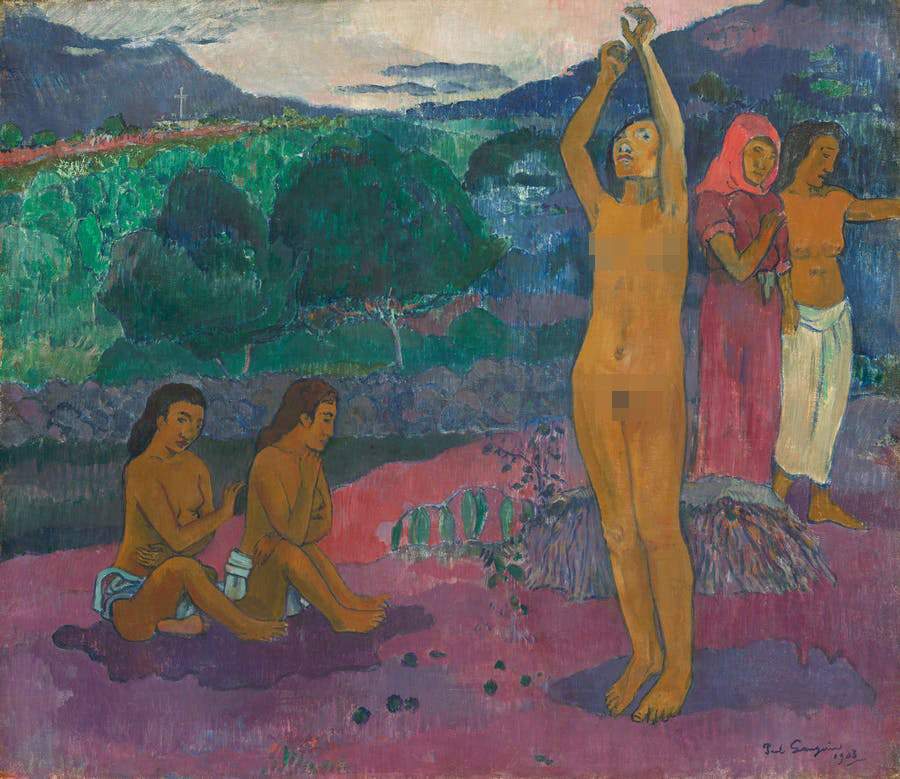The National Gallery of Art in Washington and the Museum of Fine Arts in Boston are examining two paintings by Paul Gauguin displayed in their permanent collections: the two works, The Invocation and Women and a White Horse may in fact be forgeries.
A proponent of this idea is an expert on the French artist, Fabrice Fourmanoir; the latter was already among those who had shown that the wooden sculpture Head with Horns belonging to the Getty Museum and hitherto attributed to Gauguin, was in fact not the work of Gauguin himself, but of an unknown artist. Doubts had been raised about the sculpture’s attribution given the presence of a pedestal (foreign to any other work by the French artist) and the absence of a signature.
Fourmanoir believes that The Invocation is also a forgery because the main female figure does not seem to be part of the scene, does not appear naturally, and looks “vulgar.” It could be juxtaposed with the Tahitian work entitled Where do we come from? Who are we? Where are we going? but compared to the woman depicted here, the female figure in The Invocation lacks the voluminous form, expressive face, and her pubis is uncovered.
Regarding Women and a White Horse, the expert believes that Gauguin’s signature is too “light” to be attributed to him and that the landscape resembles Tahiti more than the Marquesas Islands, where the painter was living at the time the painting was made (1903).
Gauguin lived the last years of his existence on the Marquesas Islands in French Polynesia: he arrived there in September 1901 and remained there until his death in May 1903. Both of the works mentioned are thought to have been completed there months before his death.
A fact that should not be underestimated and that goes in favor of Fourmanoir’s theories is that there is no record or any trace of these works or even of their shipment in 1903 to Vollard. Perhaps the artist did not bother in the last days of his life to record the expeditions?
As a result of all these hypotheses, the museum offices in Washington and Boston are verifying, through scientific analysis, Gauguin’s authorship.
Image: Paul Gauguin (?), The Invocation (1903; Washington, National Gallery of Art)
 |
| Two Gauguin paintings in U.S. museum collections may be fakes |
Warning: the translation into English of the original Italian article was created using automatic tools. We undertake to review all articles, but we do not guarantee the total absence of inaccuracies in the translation due to the program. You can find the original by clicking on the ITA button. If you find any mistake,please contact us.